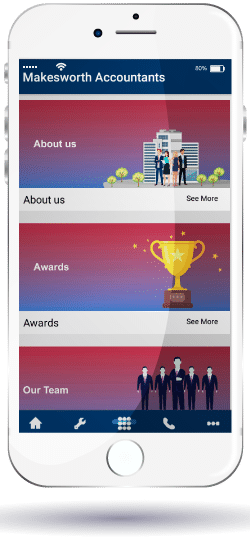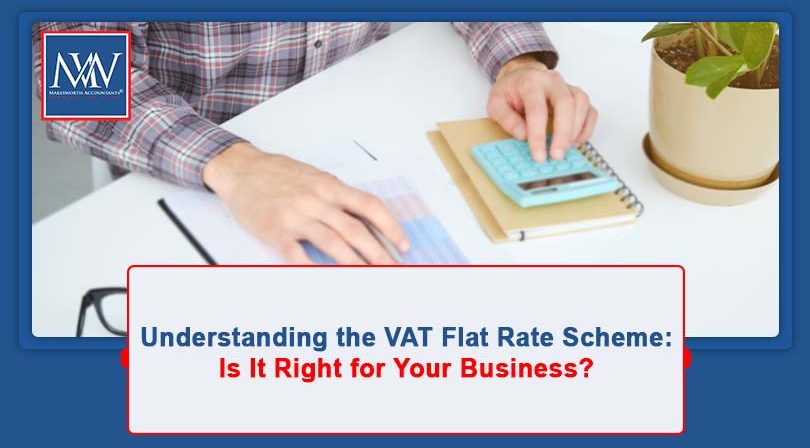
Understanding the VAT Flat Rate Scheme: Is It Right for Your Business?
What is the VAT Flat Rate Scheme?
The VAT Flat Rate Scheme is designed to simplify VAT reporting for small businesses. Instead of calculating VAT based on the difference between VAT charged on sales and VAT paid on expenses, businesses using this scheme pay a fixed percentage of their VAT-inclusive turnover to HMRC. While this reduces administrative burdens, it may not always be the most cost-effective option.
Who Can Use the Flat Rate Scheme?
Businesses can opt for the Flat Rate Scheme if they are VAT-registered or eligible for VAT registration, and their annual turnover (excluding VAT) does not exceed £150,000. Once enrolled, they can continue using the scheme as long as their annual turnover remains below £230,000. If turnover temporarily surpasses this limit, HMRC may allow continued participation if it is expected to fall below £191,500 within the following year.
However, businesses already using another VAT scheme are not eligible to join. Additionally, those who exit the scheme must wait 12 months before rejoining.
How the Scheme Works
Instead of tracking VAT on individual transactions, businesses pay a fixed percentage of their VAT-inclusive turnover to HMRC. This streamlines record-keeping and simplifies VAT returns.
The flat rate percentage varies based on the business sector, with rates available on the Gov.uk website.
Special Rules for Limited Cost Businesses
A business is classified as a limited-cost business if its spending on goods is either:
- Less than 2% of its turnover, or
- Less than £1,000 per year (if this is more than 2% of turnover).
Notably, money spent on services does not count toward this calculation. Since this assessment is done quarterly, a business may qualify as a limited-cost business in some quarters but not in others. If a business falls into this category for a quarter, the VAT percentage payable to HMRC rises to 16.5% of VAT-inclusive turnover, regardless of the business sector’s standard flat rate.
First-Year Discount
Newly VAT-registered businesses receive a 1% discount on their flat rate percentage for their first year of registration, providing some initial savings.
Example: Applying the Flat Rate Scheme
Alison runs a cattery and has been using the Flat Rate Scheme for five years. In a particular VAT quarter, her VAT-inclusive turnover is £32,000. The flat rate percentage for her sector is 12%, so she pays £3,840 (12% of £32,000) to HMRC. Unlike traditional VAT accounting, she does not need to track VAT on individual expenses.
Weighing the Pros and Cons
While the Flat Rate Scheme can save time, it does not always save money. Businesses may end up paying more VAT than they would under traditional VAT accounting, especially if they qualify as a limited cost business.
For instance, the 16.5% VAT rate for limited cost businesses is equivalent to 19.8% of VAT-exclusive turnover, leaving little room to reclaim VAT on purchases. This makes the scheme less attractive for businesses that incur significant VAT on services, as these costs are not considered in the limited cost business calculation.
Is the Flat Rate Scheme Worth It?
The best approach is to do the math before deciding. Compare the VAT due under the Flat Rate Scheme with the VAT payable under traditional accounting. If the scheme results in a higher VAT bill, it may not be the best option for your business.
Key takeaway: While the VAT Flat Rate Scheme can simplify compliance, it’s crucial to evaluate its financial impact before making a decision.
Reference:
The Value Added Tax Regulations 1995 (SI 1995/2518) regs. 55A – 55V; VAT Notice 733 – Flat Rate Scheme for Small Businesses.
For more information, Book a Free Consultation
Need Accountancy Support?
For information on bespoke training, or if you have any other questions for Makesworth Accountant, please fill in your details below






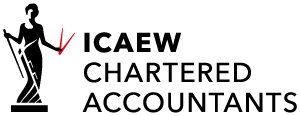
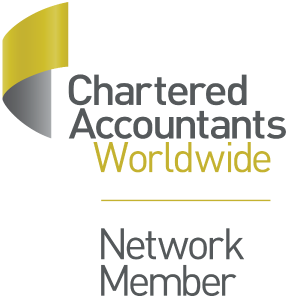
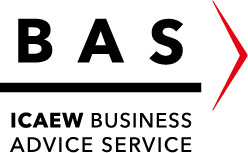

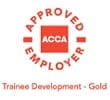
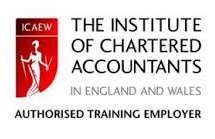

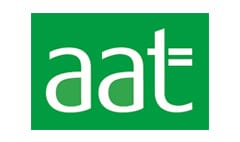
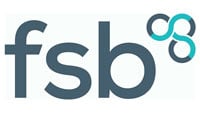

 151
151